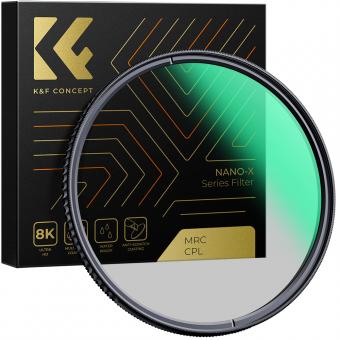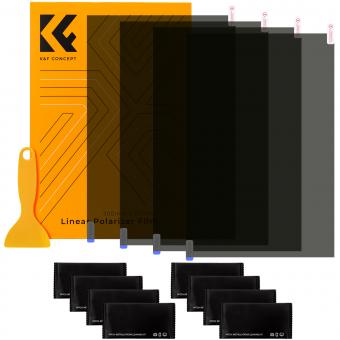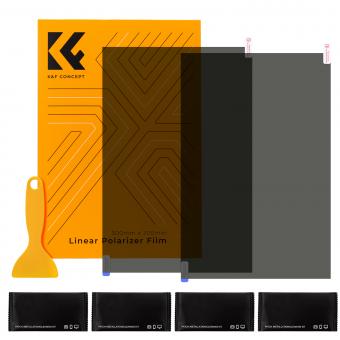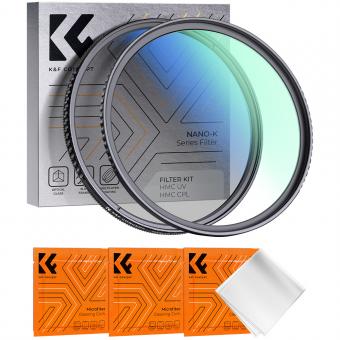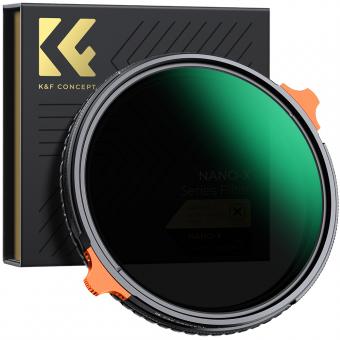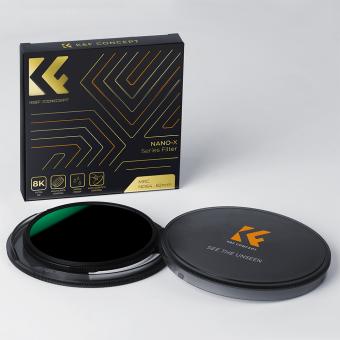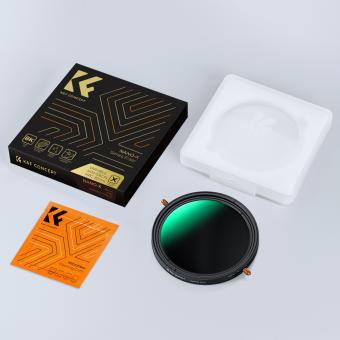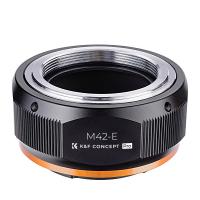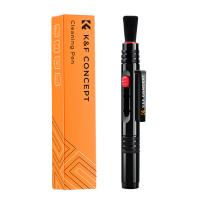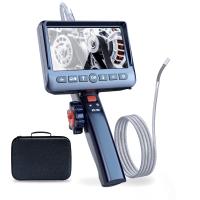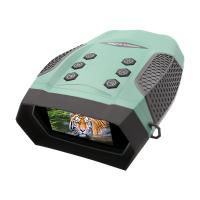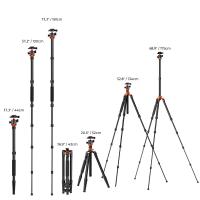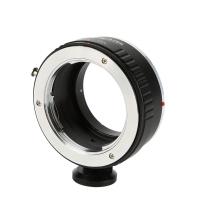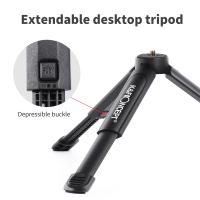Circular Polarizing Filter How To Use ?
To use a circular polarizing filter, follow these steps:
1. Screw the filter onto the front of your camera lens.
2. Look through the viewfinder or LCD screen and rotate the filter until you achieve the desired effect.
3. The filter will reduce glare and reflections from non-metallic surfaces such as water, glass, and foliage, and enhance the colors and contrast in your photos.
4. Keep in mind that the effect of the filter will vary depending on the angle of the light source and the position of the filter relative to it.
5. Experiment with different angles and positions to achieve the best results.
It's important to note that circular polarizing filters are not effective for all types of photography, such as low-light situations or when using a flash. Additionally, using a polarizing filter will reduce the amount of light entering the lens, so you may need to adjust your exposure settings accordingly.
1、 Definition and Function of Circular Polarizing Filter
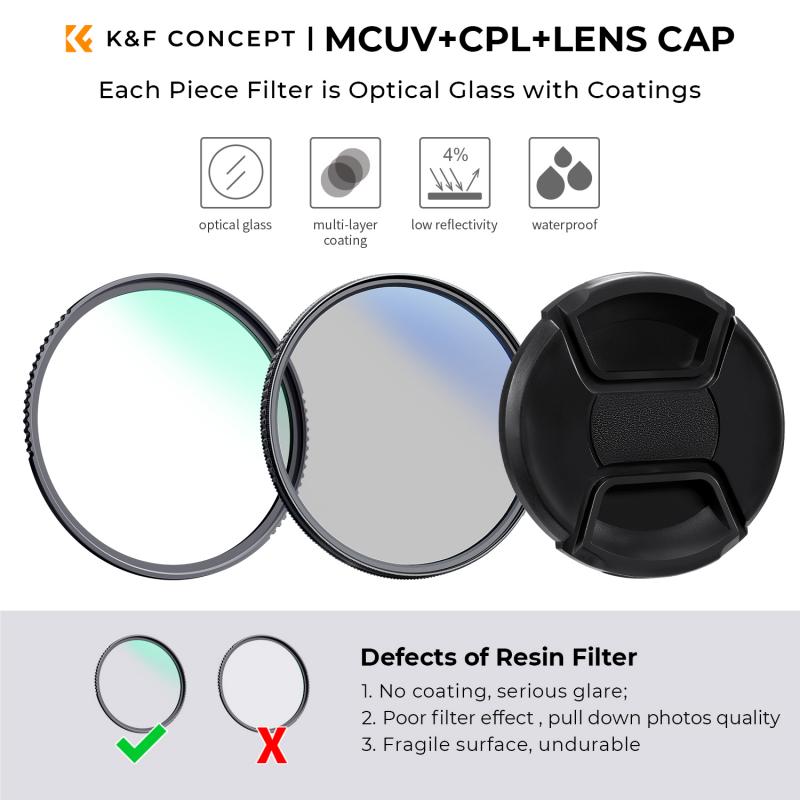
Circular polarizing filter how to use:
A circular polarizing filter is a camera accessory that helps to reduce glare and reflections from non-metallic surfaces such as water, glass, and foliage. It works by selectively blocking certain polarized light waves while allowing others to pass through, resulting in more vibrant colors and improved contrast in your photos.
To use a circular polarizing filter, first, attach it to the front of your camera lens. Then, rotate the filter until you achieve the desired effect. You can see the effect of the filter through the viewfinder or on the camera's LCD screen. It's important to note that the effect of the filter is most noticeable when shooting at a 90-degree angle to the light source.
In addition to reducing glare and reflections, circular polarizing filters can also enhance the color saturation of your photos, making them appear more vibrant and vivid. They are particularly useful for landscape and outdoor photography, where reflections and glare can be a common problem.
Overall, a circular polarizing filter is a valuable tool for any photographer looking to improve the quality of their photos. By reducing glare and reflections and enhancing color saturation, it can help you capture stunning images that truly stand out.
2、 Choosing the Right Size and Type of Filter
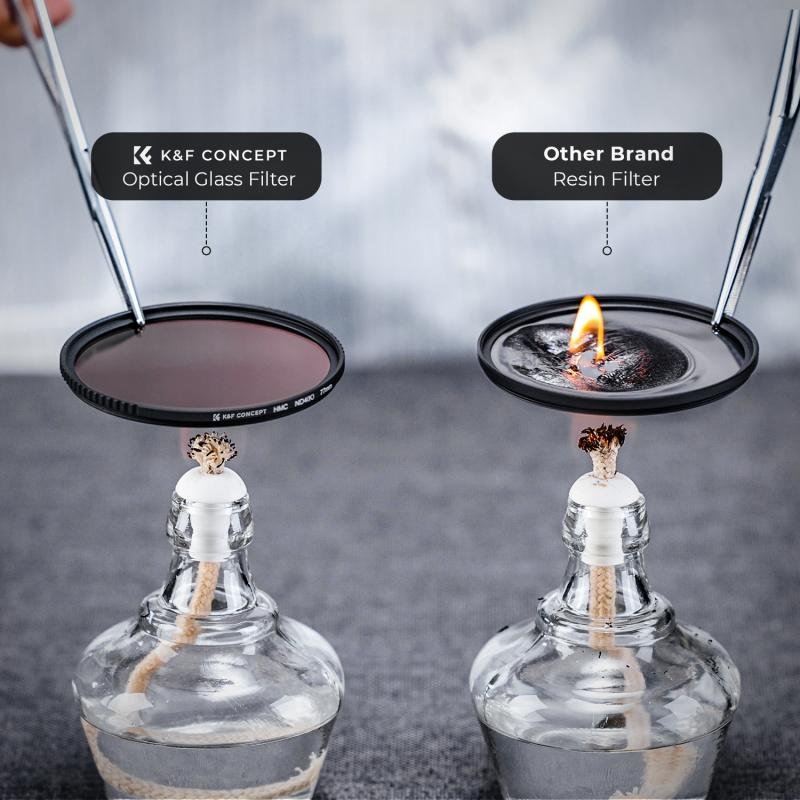
Circular polarizing filters are an essential tool for photographers who want to capture stunning landscape and outdoor shots. These filters help to reduce glare and reflections, enhance color saturation, and improve overall image quality. However, to get the most out of your circular polarizing filter, you need to know how to use it correctly.
Choosing the right size and type of filter is the first step in using a circular polarizing filter. The filter size should match the diameter of your lens, and you should choose a high-quality filter that is compatible with your camera brand. It is also important to choose the right type of filter for your shooting conditions. For example, if you are shooting in bright sunlight, you may need a filter with a higher polarization factor.
Once you have the right filter, you need to know how to use it. To use a circular polarizing filter, simply screw it onto the front of your lens and rotate it until you achieve the desired effect. You can see the effect of the filter through your camera's viewfinder or LCD screen. It is important to note that the effect of the filter may vary depending on the angle of the sun and the position of the camera.
In recent years, there has been a growing trend towards using digital post-processing techniques to achieve the same effects as circular polarizing filters. While these techniques can be effective, they cannot replicate the natural look and feel of a polarizing filter. Therefore, it is still recommended to use a circular polarizing filter whenever possible to achieve the best results.
3、 Mounting and Adjusting the Filter on the Lens
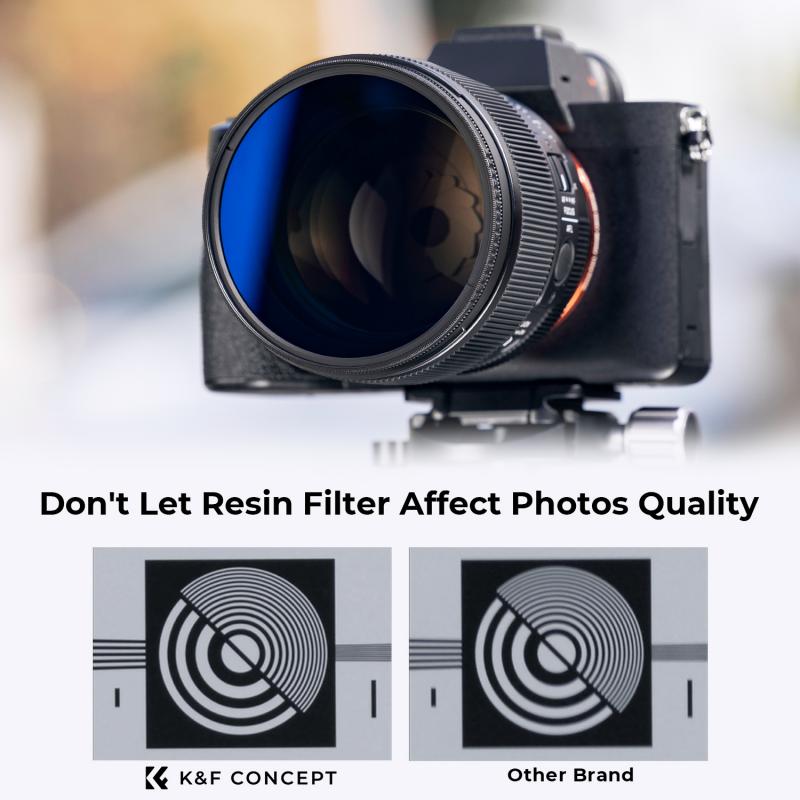
Circular polarizing filters are essential tools for photographers who want to capture stunning landscape and outdoor shots. These filters help to reduce glare and reflections, enhance color saturation, and improve overall image quality. However, using a circular polarizing filter can be a bit tricky, especially for beginners. Here's a brief guide on how to use a circular polarizing filter:
Mounting and Adjusting the Filter on the Lens:
1. First, make sure that you have the correct size filter for your lens. Check the diameter of your lens and purchase a filter that matches that size.
2. Screw the filter onto the front of your lens. Make sure that it is securely attached and doesn't wobble or move.
3. Look through your viewfinder or LCD screen and rotate the filter until you see the effect you want. You should see a noticeable difference in the amount of glare and reflections in your shot.
4. Adjust the filter as needed to achieve the desired effect. Keep in mind that the effect will vary depending on the angle of the sun and the position of your camera.
5. When you're finished shooting, remove the filter and store it in a protective case to prevent scratches or damage.
It's important to note that circular polarizing filters work best when used in bright, sunny conditions. They may not be as effective in low light or indoor settings. Additionally, using a polarizing filter can reduce the amount of light that enters your lens, so you may need to adjust your exposure settings accordingly.
In conclusion, using a circular polarizing filter can greatly enhance the quality of your outdoor photos. By following these simple steps, you can easily mount and adjust the filter on your lens to achieve stunning results.
4、 Understanding the Effect of Polarization on Light

Circular polarizing filter how to use:
A circular polarizing filter is a tool used in photography to reduce glare and reflections from non-metallic surfaces such as water, glass, and foliage. It works by blocking certain polarized light waves that cause the glare, while allowing other polarized light waves to pass through. To use a circular polarizing filter, follow these steps:
1. Screw the filter onto the front of your camera lens.
2. Look through the viewfinder and rotate the filter until you see the desired effect. You will notice that the glare and reflections are reduced, and the colors are more vibrant.
3. Adjust the angle of the filter to achieve the desired effect. The filter works best when the light source is at a 90-degree angle to the subject.
Understanding the Effect of Polarization on Light:
Polarization is the process of filtering out certain light waves that are oriented in a specific direction. When light reflects off a non-metallic surface, it becomes polarized, meaning that the light waves are oriented in a specific direction. This causes the glare and reflections that we see. A polarizing filter blocks these polarized light waves, reducing the glare and reflections.
Recent studies have shown that circular polarizing filters can also improve the quality of images taken with digital cameras. This is because digital cameras use polarizing filters to reduce the amount of light that enters the camera, which can cause overexposure and loss of detail. By using a circular polarizing filter, photographers can achieve better exposure and sharper images. Additionally, circular polarizing filters can also enhance the colors in a photograph, making them more vibrant and true to life.


